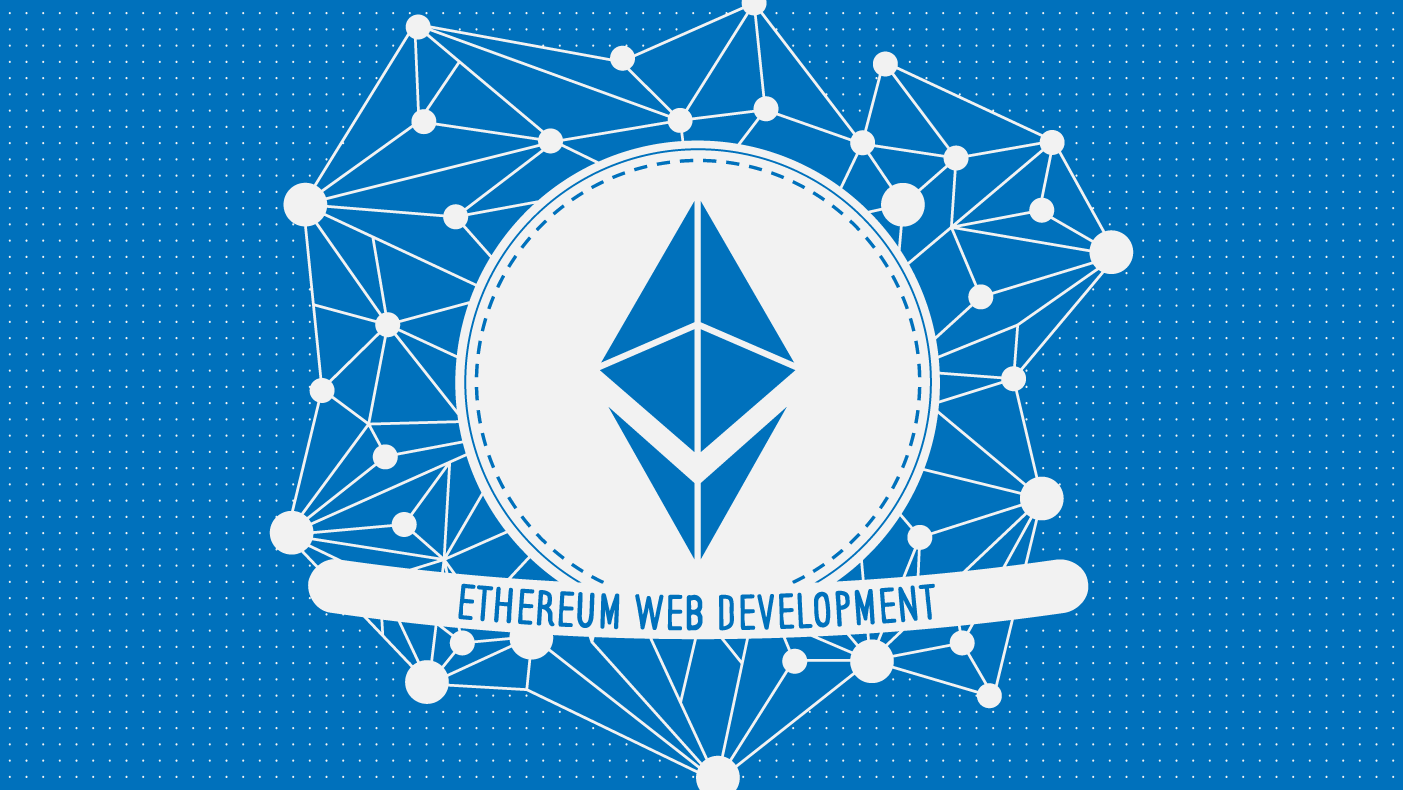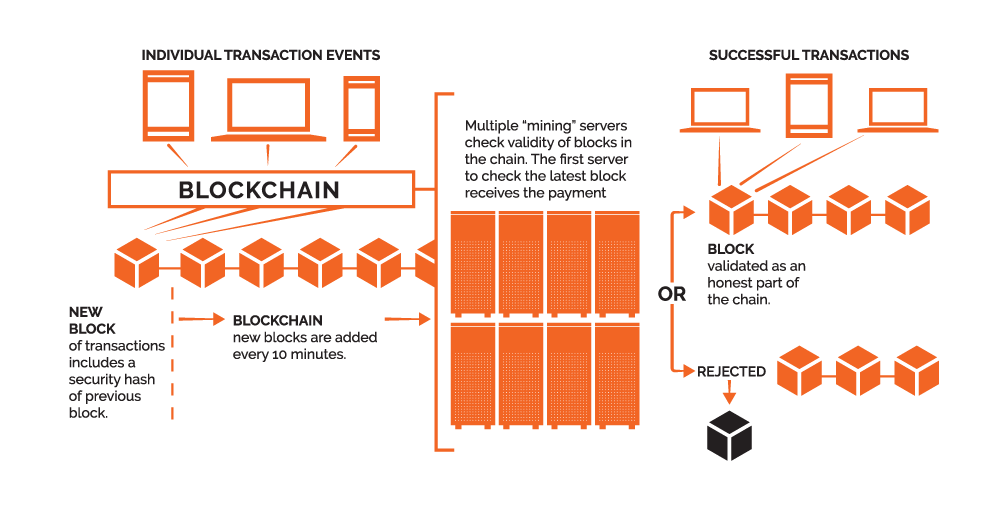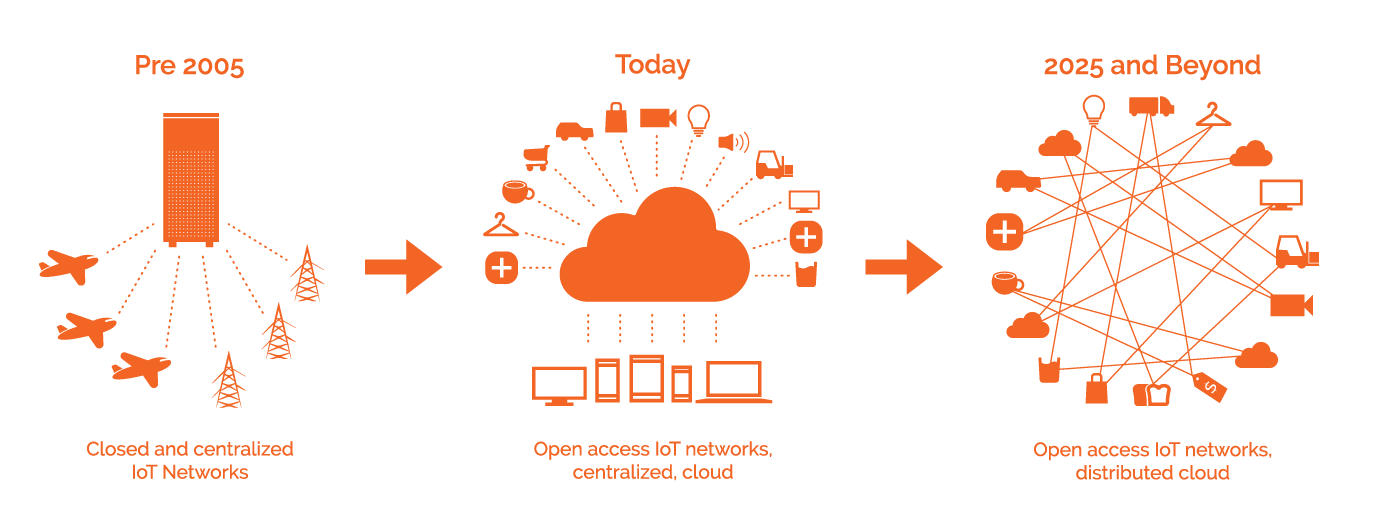Blockchain and Ethereum 101
It seems like almost every day there’s a news story on “The Rise of the Cryptocurrency,” or “Why Blockchain is the Future.” From Business Insider to TechCrunch, it’s everywhere. That leaves some of us who aren’t technical or just simply aren’t familiar with the blockchain feeling left in the dust. Blockchain isn’t as complicated, and once you understand it,
Ethereum, a cryptocurrency similar to Bitcoin, becomes much easier to grasp. Let’s dive in.
Blockchain
What Is The Blockchain?
The easiest way to think of the blockchain is to imagine it as a long, theoretically infinite list of transactions. Each transaction made using a particular cryptocurrency is called a “block” and contributes to the blockchain. The blockchain is essentially a ledger — a collection of financial transactions. With transactions using regular currencies like Dollars and Euros, that ledger is typically monitored and withheld by a private institution like a bank.
Those transactions are completely controlled, verified, and potentially manipulated by this central institution. The blockchain, on the other hand, is a completely decentralized system of monitoring transaction. This means that anybody using the cryptocurrency can view it. Rather than having a central institution verify each transaction, the blockchain is different.
Whenever a transaction (block) using the given cryptocurrency takes place, it is added onto the blockchain and is cryptographically protected along with all transactions that have taken place in the past 10–15 minutes. These blocks are given a complex coded problem to be solved along with them. These transactions are then sent out to every person using the blockchain. This is where cryptocurrency miningcomes in.

The Miners
Miners are members in the blockchain network who use their computers specifically tasked with unlocking the data found in a block. The first miner or groups of miners (typically called a mining pool) to unlock the data receive a reward — typically units of the given cryptocurrency. After each block has been verified, the complex problems attached to the blocks in the future become increasingly difficult, making it more difficult to accumulate more units of the given currency, and thus making them more valuable.
Typically these problems don’t take too long despite the increased computing power needed to solve them due to the growing number of people trying to solve them. Each addition to the blockchain is then timestamped and virtually can never be altered again. This way, every person on the blockchain knows exactly what transaction did or didn’t take place, making it much easier for people to justify what they do or don’t have.
For those who don’t have the ability to mine for cryptocurrencies have the option to buy and trade units of cryptocurrencies using platforms similar to stock trading. Many cryptocurrencies have been appreciating at outstanding rates, and could potentially yield large profits.
Having this decentralized model for conducting transactions has potentially world disrupting possibilities. Large centralized institutions are prone to hacking attacks, which could easily destroy the wealth of many.
The blockchain, however, although not hack-proof, virtually can’t be hacked. For example — to fabricate a transaction on a blockchain, a hacker would have to fabricate more than just one specific block, but every block before it. That hacker would also need to replicate that change on every person’s blockchain who uses the cryptocurrency; something that is nearly impossible. In addition to blockchain not requiring a centralized bank to make it work, it also doesn’t charge fees during transactions, even large ones.
Banks, on the other hand, do. Having a decentralized system for tracking transactions eliminates single points of failure or control. Ultimately, the blockchain system has the potential to change how the world does transactions.
Note: Every cryptocurrency has a different blockchain that functions slightly different from one another. The blockchain described above applies to Bitcoin. However, every blockchain is built on the basic system described above.
There are several different types of cryptocurrencies such as bitcoin, ripple, litecoin, ether, gnosis, augur, etc. As of recent, bitcoin has been getting attention for rising above $2,000 for the first time in its history. This is catching the public’s attention, and thousands are now investing in bitcoin.
A little more quietly, a lesser known cryptocurrency, Ethereum, is growing at a faster rate than bitcoin! The opportunity to start learning about and investing in cryptocurrencies has never been better. Let’s dive into what ethereum is and how to start getting involved with it and the blockchain in general. Let’s get into it.
Ethereum
What is Ethereum?
Ethereum is a cryptocurrency platform which has some of the original protocols of Bitcoin, but has built a developer environment on top of the currency. The developer environment allows software engineers to write smart contracts and distributed database applications. This decentralized platform of software applications can run in response to almost any specific occurrence. For example, Bob wants to send 5 Ether (or Dollars) to Steve, but only if Steve sends him a cell phone. This decentralized way of conducting transactions allows people to eliminate any form of middlemen for transactions. It also allows them to formulate their personalized rules that both parties involved in the transaction must follow. Having this system also makes the possibility of downtime, censorship, fraud or third party interference almost impossible.
Why is Ethereum becoming popular?
Ethereum is becoming popular because the decentralized system it uses gives users the power to not only conduct regular peer to peer transactions, but also conduct fundraising. In fact, many startups are even holding what’s called an ICO (Initial Coin Offering) which allows the fundraiser to write code that sets all the basic pieces of a typical fundraising contract in order to reach a specific raising goal and give the contributors various promised compensation (such as shares).

There’s even an Ethereum Alliance; a group of 150 of the largest corporations that see Ethereum as the future of internet applications.
Another reason Ethereum is becoming popular because they have created a way for developers to build applications that run exactly as programmed without any possibility of downtime, censorship, fraud or third party interference. These applications are known as Dapps.
How do you get started using Ethereum?
There are three main ways to get involved with Ethereum.
The first way is to develop what’s referred to as a DAPP. There are many applications for smart contracts to be executed for a distributed database that can’t be corrupted. Some ideas for building a DAPP could be for government applications of large data sets, commercial applications with personal or government data, industrial applications for commodity supply, financial technology for personal or commercial use, government voting, health records, intellectual property, and much, much more. Read more about DApps here.
The second way is to purchase Ether directly on Coinbase.com, Kraken.com, Gdax.com, and a variety of exchanges. As with investing in anything, buy low, sell high. The value of Ether will appreciate as developers and companies start adopting and building applications on the Ethereum platform. It’s also possible to exchange Ether for other currencies.
The third and final way to get involved with Ethereum is to offer your computing power for data mining. The Ethereum network needs computational power for the network to thrive. By building what’s called mining rigs, users can provide computational power to process transactions and secure the network in exchange for Ether. On average, a new block is added to the blockchain every 12 seconds with the latest transactions processed by the network.
Users could use the Ether for future transactions or exchange it for other currencies. As the value of Ether rises, more entrepreneurs will see the value of building the next generation of cryptocurrency mining farms- next-generation server centers.
Whether you’re a blockchain veteran or this is the first time you have ever heard about it, it is starting to gain critical mass and you’ve taken a great first step by reading this post to learn about this technology. Here are some great resources!
 Fyresite
Fyresite 